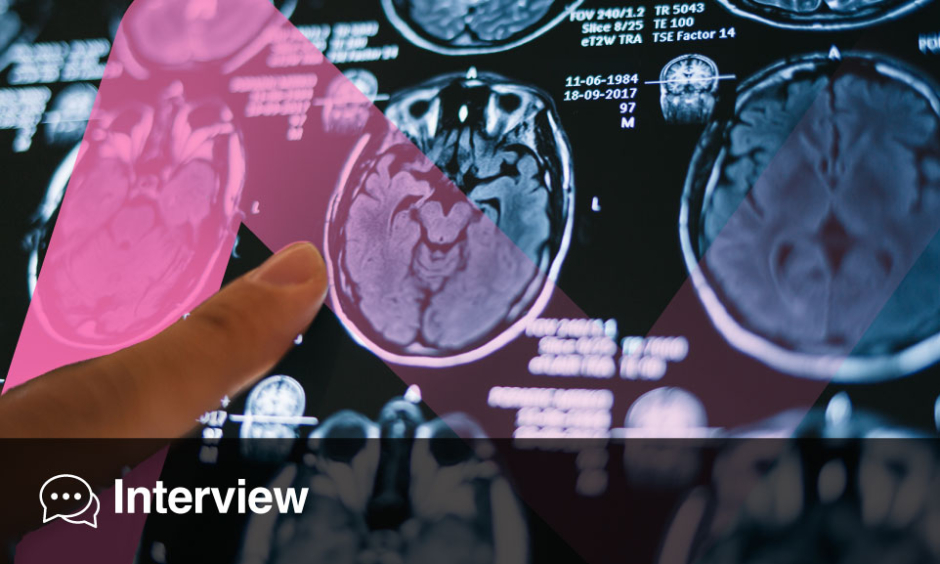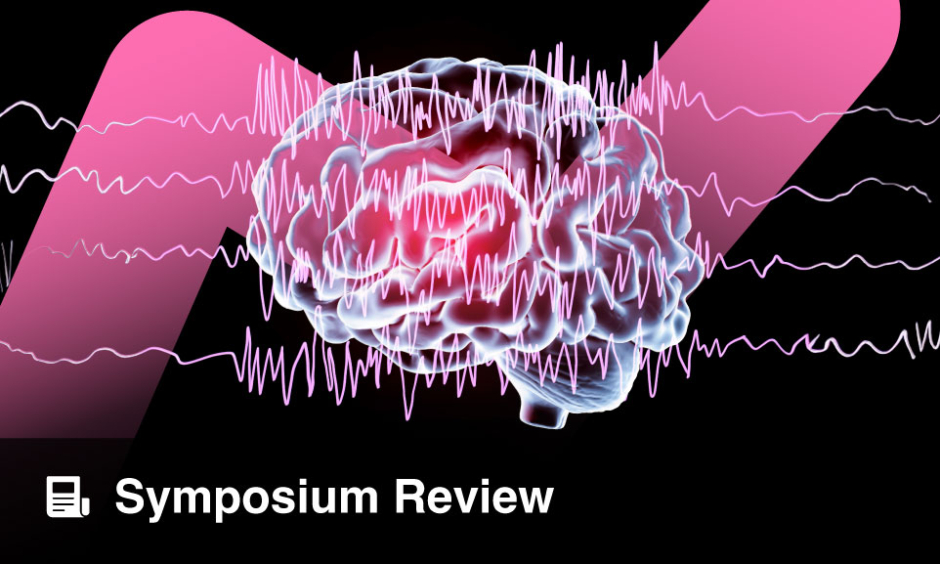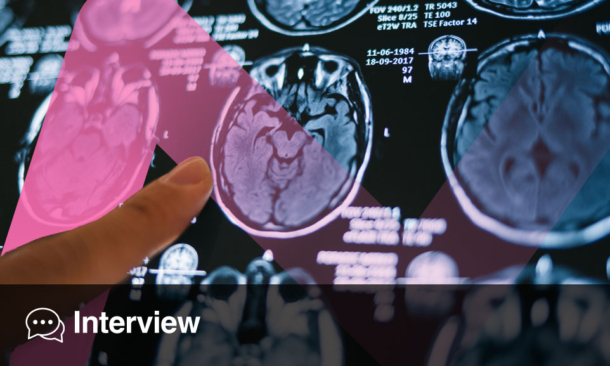CATATONIA remains a misunderstood neuropsychiatric condition, and a new evidence-based review challenges ten prevailing myths that may delay diagnosis and compromise patient outcomes. Despite increasing awareness, catatonia continues to be under-recognized and poorly managed in clinical settings, according to a recently published article.
The review emphasizes that catatonia is not limited to any specific age group and frequently occurs outside of the traditionally associated schizophrenia spectrum. Contrary to the myth of unconsciousness, many patients with catatonia maintain awareness of their surroundings. Failure to identify these nuanced clinical features contributes to prolonged hospitalizations, increased complications, and higher healthcare costs.
Each myth is addressed with current evidence, highlighting critical aspects of recognition, etiology, phenotype, and treatment. A major theme is the need for validated screening tools, such as the Bush-Francis Catatonia Rating Scale, to improve diagnostic accuracy and avoid reliance on outdated or overly narrow diagnostic criteria. The article also explores the wide range of catatonic presentations—including motor, affective, and cognitive-behavioral symptoms—underscoring the disorder’s complexity and potential for misdiagnosis.
The real-world implications of this diagnostic gap are serious. Catatonia can lead to severe complications, from pressure ulcers and infections to renal failure and death. In the U.S. alone, hospitalizations involving catatonia exceed $1.15 billion annually. Misconceptions around its presentation and progression may cause clinicians to overlook early signs, resulting in significant morbidity and mortality.
Ultimately, the review calls for an educational shift in how catatonia is understood and managed. With improved awareness, standardized tools, and prompt intervention, clinicians can significantly alter the clinical trajectory for patients affected by this high-stakes condition.
Reference:
Coid F et al. Taking an evidence-based approach to ten common myths about catatonia: An educational review. Neurosci Clin. 2025. https://doi.org/10.1016/j.neccli.2025.100500 [Online ahead of print].







